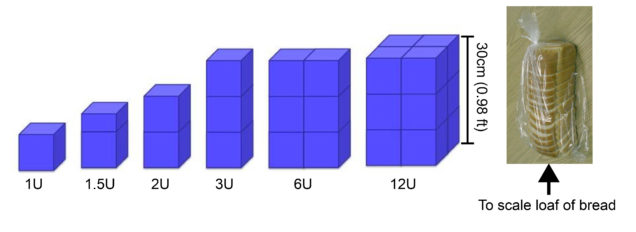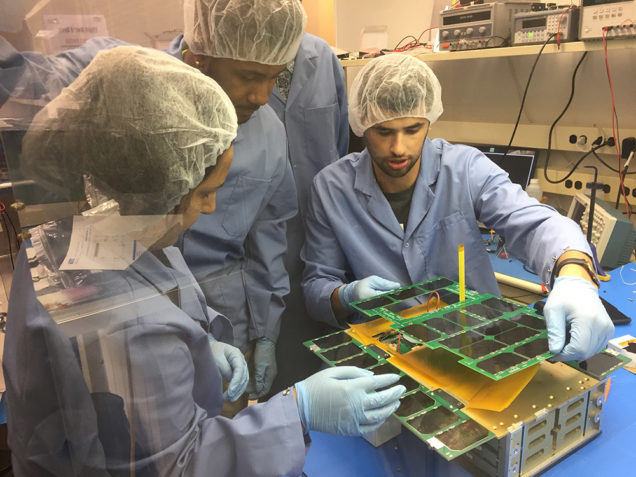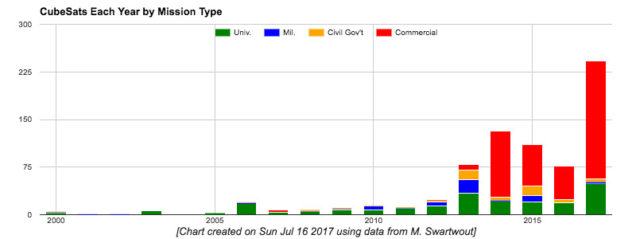By Brian Michael Walsh
Successful vibe test
CuPID goes through a successful vibe test! The violent shaking of a rocket during launch can cause a number of issues with a spacecraft including parts rattling loose, electronics being damaged, and optics being offset in an imaging system.

To test the spacecraft and instruments prior to full integration, CuPID went through a risk reduction vibrational test in early May. The test shook the spacecraft at similar frequencies and intensities as expected from the rocket. All systems passed the test successfully. The video below shows part of a vibrational test on one axis.
Cubesats
As the very first post, we’ll look at cube-satellites or cubesats before getting into specifics about the Cupid mission. Very simply, a cubesat is a small spacecraft that fits into several standard sizes. Below shows several different options and a loaf of bread for scale of size.

Each “U” in the label above is 10cm x 10cm x 10cm cube. Cupid is a 6U spacecraft.
These agreed upon standards for size and shape of the spacecraft has enabled a flood of space technology and science development over the past decade. Rather than a single rocket ferrying just one spacecraft into orbit, these standards allow a rocket to carry many spacecraft into orbit. This means rather than a single space mission footing the entire bill of the launch, the cost is split over 15 or 20 space missions catching a ride (think splitting a cab with friends or riding in an uber pool). A recent launch out of India carried 104 cubesats with a single rocket!

Students at Boston University working on the ANDESITE 6U cubesat.
These developments have greatly reduced the cost of developing a space mission and enabled a new breed of high-risk, high-reward missions. Historically the aerospace industry has been extremely risk-adverse. If someone is spending hundreds of millions of dollars and up to a decade developing a single spacecraft, he or she understandably doesn’t want to inherit much risk of failure. Unfortunately this isn’t the best behavior for innovation and growth. As with any area of life, trial and error is one of the best ways to learn. With a cubesat costing just a few percent of a typical large-scale spacecraft, one can afford to take on higher risk. These higher-risk, high-reward projects have provided the much needed test bed for innovation.
Cubesats were first developed in the early 2000s as tools for universities to teach aerospace engineering. Since this time they’ve rapidly grown in popularity as well as application. The plot below shows the number of launches per year with the color showing the type of organization. Although universities where the pathfinders, commercial spacecraft are now dominating the launch manifests.

More information on cubesat missions can be found at Michael Swartwout's website. Some of my personal favorites are flights which have served as inaugural trips into space for countries such as Ecuador (NEE-01 Pegaso, 2013), Estonia (ESTCube-1, 2013), Uruguay (Antelsat, 2014), and Switzerland (SwissCube-1, 2009).

